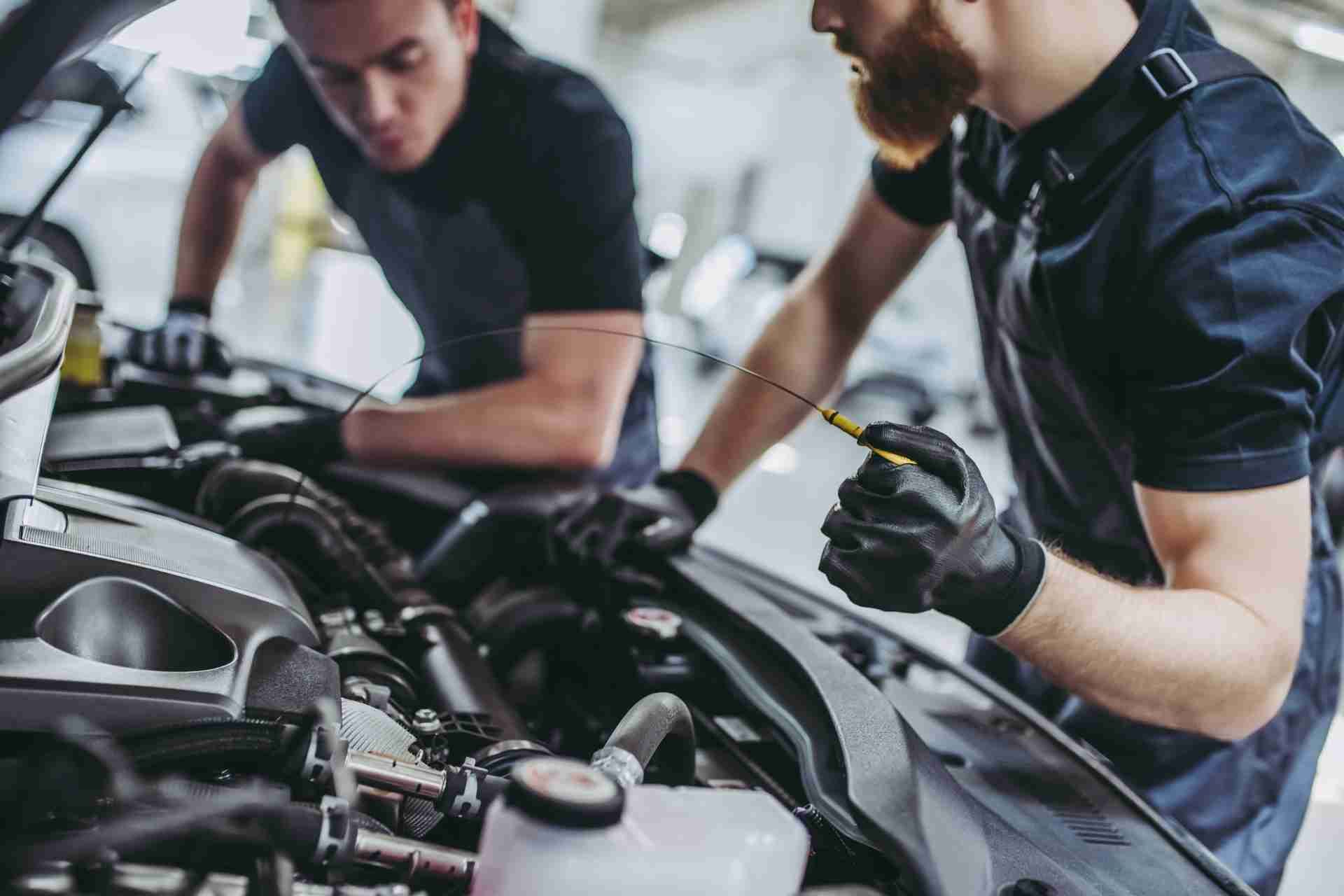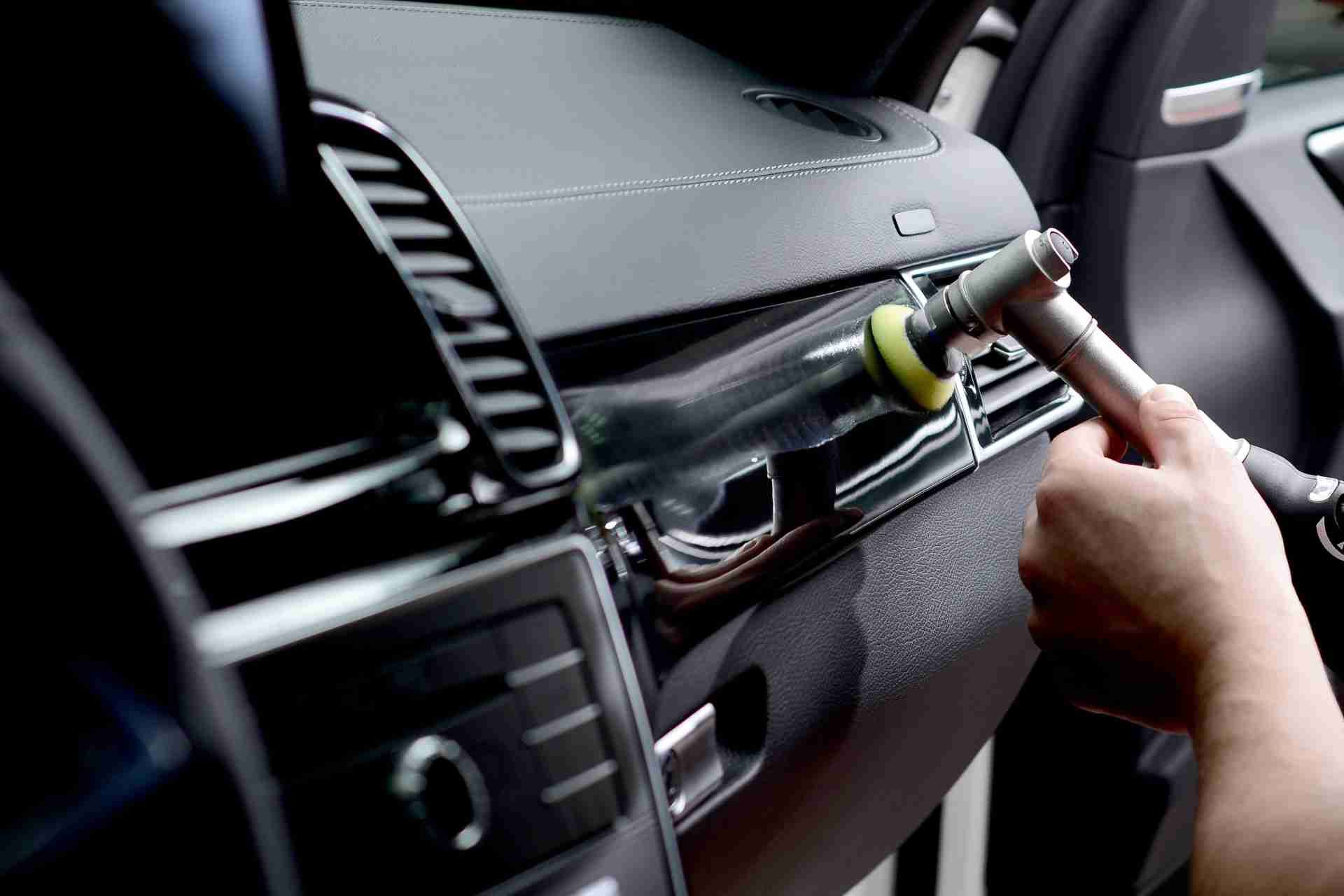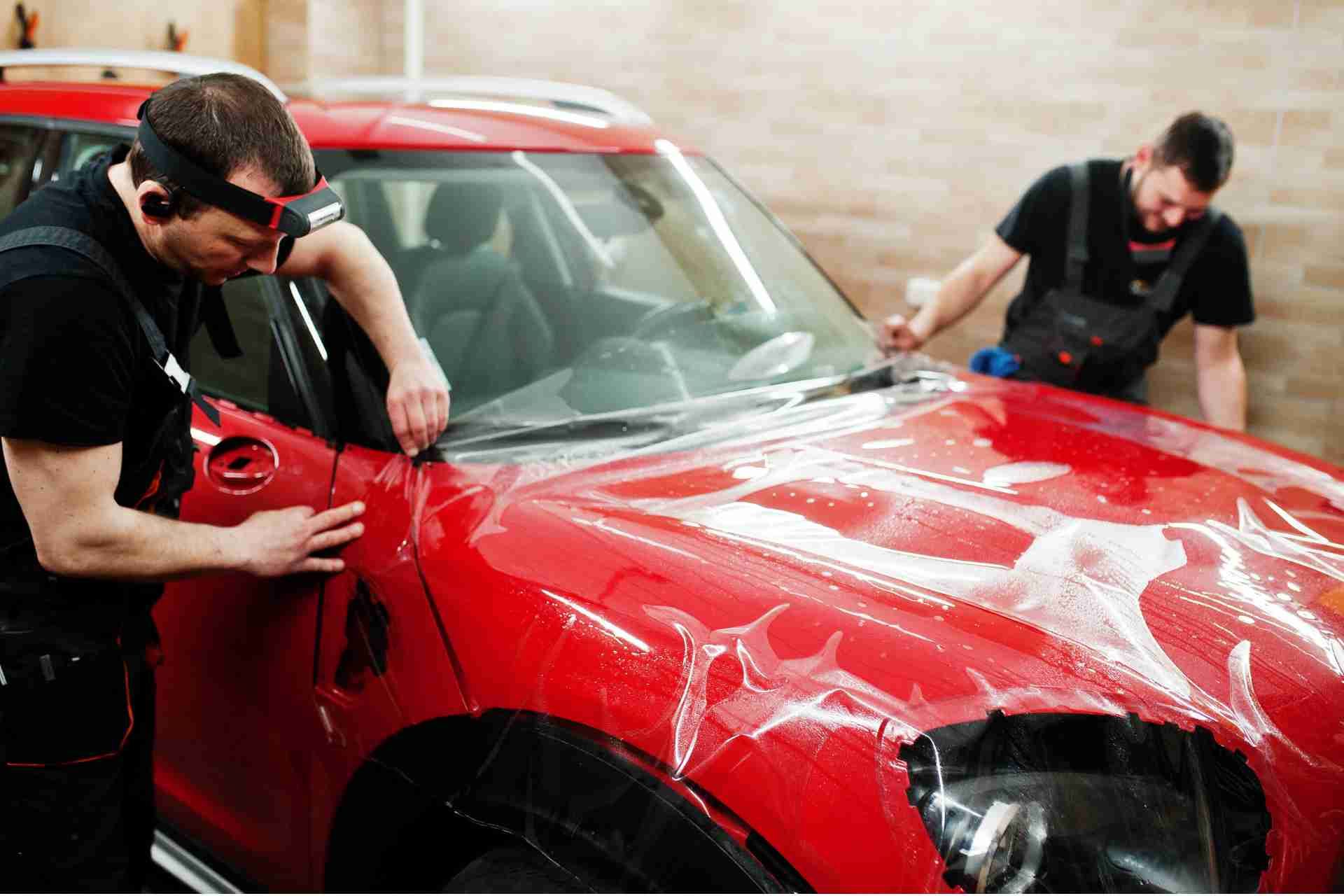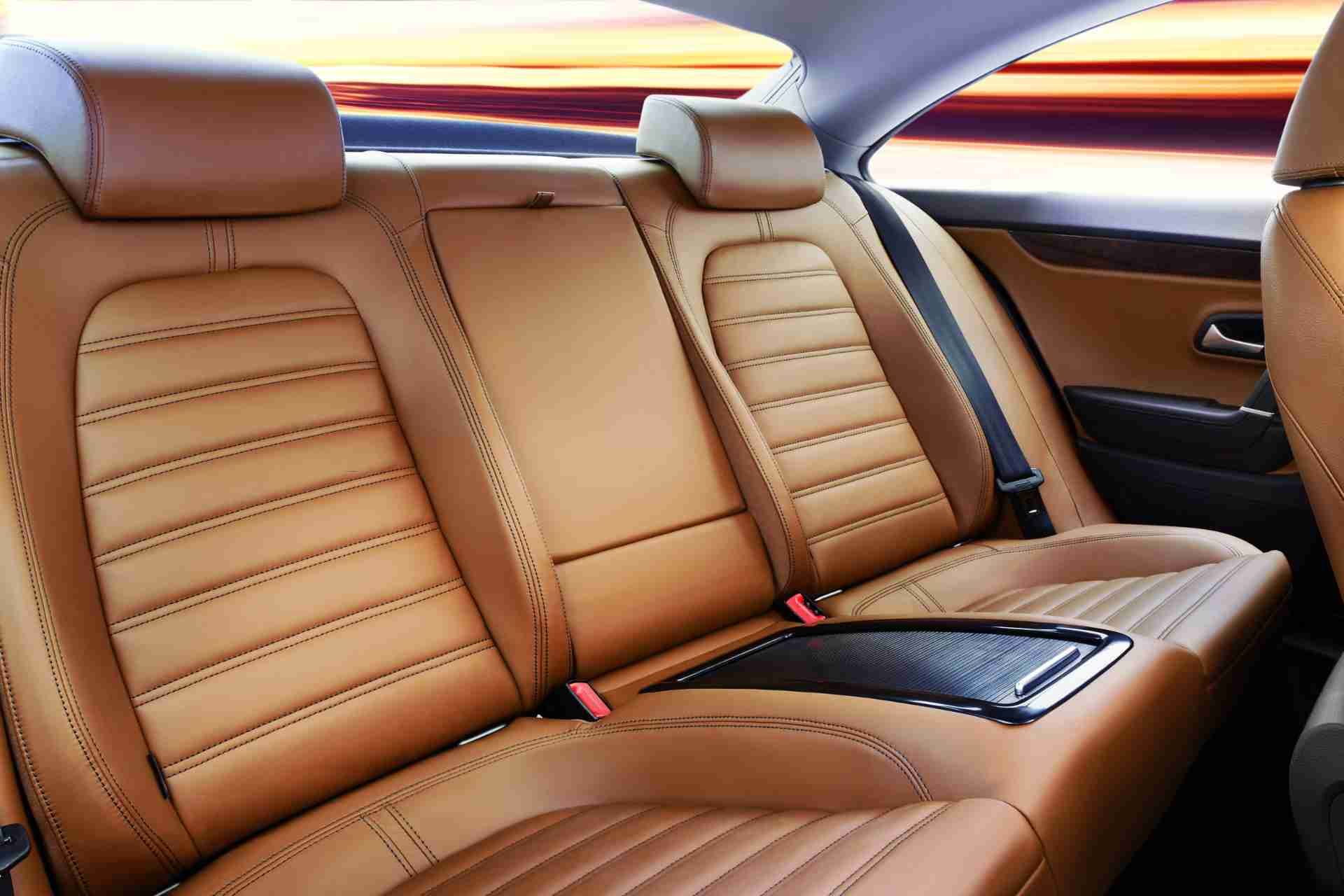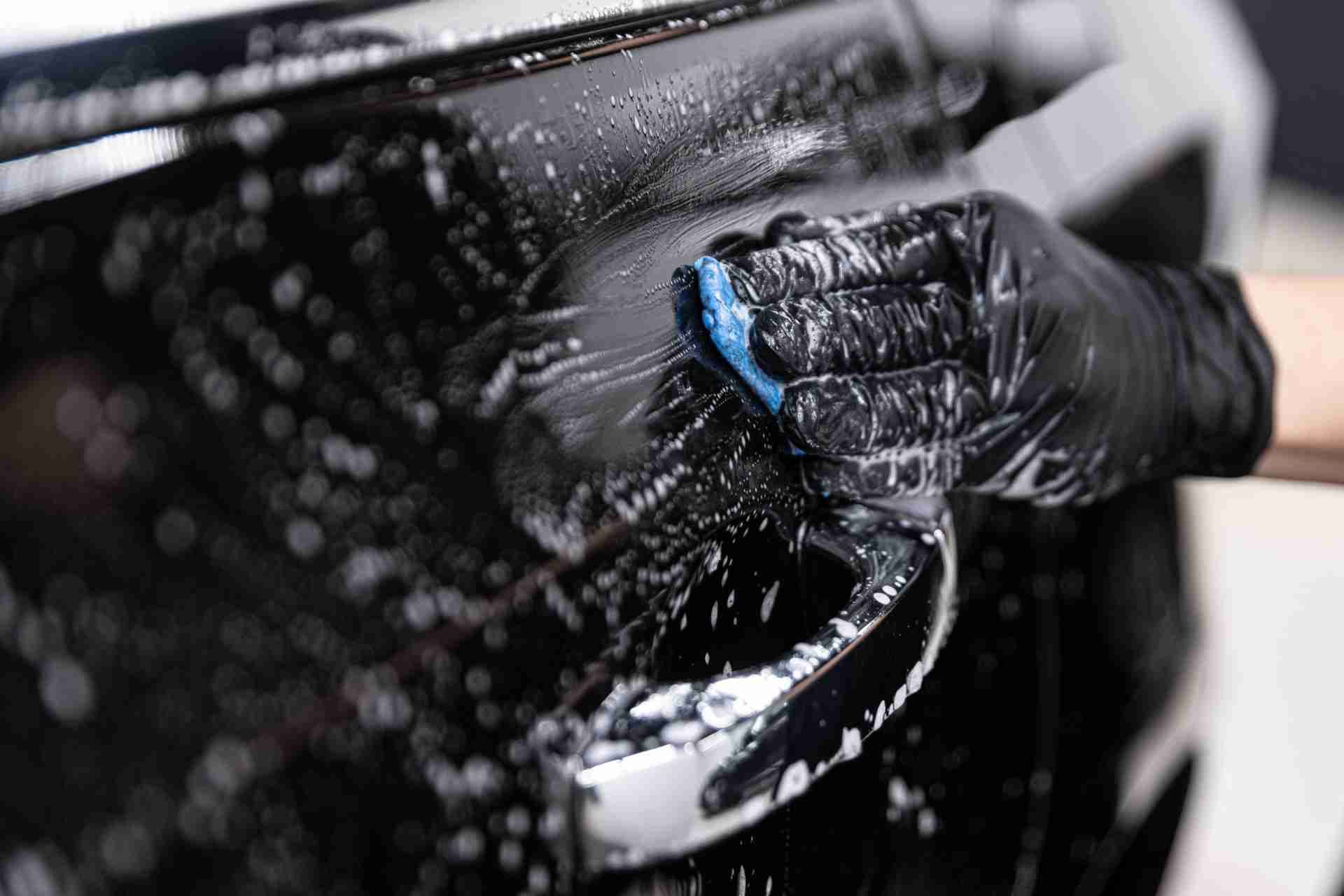How Long Does Ceramic Coating Last on a Car?
Car enthusiasts are always looking for ways to protect their precious vehicles and keep them looking great for as long as possible. One popular method for preserving a car's paint job is ceramic coating.
Ceramic coating has gained immense popularity in recent years as a premium method for protecting a vehicle's paintwork. But how long does ceramic coating last? In this comprehensive guide, we will explore the longevity of ceramic coatings, the factors that influence their lifespan, and how you can maximize the benefits of your ceramic coating.
Understanding Ceramic Coating
Ceramic coating is a liquid polymer that is applied to the exterior surfaces of a vehicle. Once cured, it creates a strong, protective layer that bonds with the factory paint. This coating provides a high level of protection against environmental contaminants, UV rays, bird droppings, acid rain, and minor scratches. Additionally, ceramic coatings enhance the vehicle's gloss and make it easier to clean.
The Lifespan of Ceramic Coating
The lifespan of ceramic coating can vary significantly based on several factors. On average, a professionally applied ceramic coating can last anywhere from 2 to 5 years. However, some high-end ceramic coatings can last up to 7 years or more with proper maintenance.
Key Factors Affecting Ceramic Coating Longevity
Quality of the Coating
Not all ceramic coatings are created equal. Premium ceramic coatings tend to have better formulations that provide enhanced durability and longer lifespans. Investing in a high-quality ceramic coating can pay off in terms of longevity and performance.
Application Process
The expertise of the person applying the ceramic coating plays a crucial role in its durability. Professional application ensures that the coating is evenly applied, properly cured, and bonded effectively to the paintwork. DIY applications may not achieve the same level of quality, potentially reducing the coating’s lifespan.
Environmental Conditions
The environment in which the vehicle is driven and stored significantly affects the coating's longevity. Vehicles exposed to harsh weather conditions, such as extreme heat, cold, or heavy pollution, may experience a shorter lifespan of the coating. Conversely, vehicles kept in controlled environments tend to have coatings that last longer.
Maintenance Routine
Regular maintenance is key to preserving the ceramic coating. This includes proper washing techniques, using pH-neutral car shampoos, and avoiding abrasive cleaning tools. Periodic top-up applications of a ceramic coating booster can also extend the lifespan of the coating.
Usage of the Vehicle
How frequently and in what manner the vehicle is used also impacts the longevity of the coating. Daily drivers that accumulate high mileage and encounter various road conditions may see the coating wear down faster compared to vehicles that are driven occasionally.
Maximizing the Lifespan of Your Ceramic Coating
To ensure your ceramic coating lasts as long as possible, follow these tips:
- Follow the Manufacturer's Instructions: Adhere to the guidelines provided by the ceramic coating manufacturer regarding application, curing, and maintenance. Each product may have specific requirements that influence its performance and durability.
- Regular Washing: Maintain a regular washing schedule to remove dirt, grime, and contaminants that can degrade the coating over time. Use gentle, pH-neutral car shampoos and soft microfiber towels to avoid scratching the surface.
- Avoid Automated Car Washes: Automated car washes, especially those with brushes, can be abrasive and damage the ceramic coating. Opt for hand washes or touchless car washes to preserve the coating.
- Use Ceramic Boosters: Ceramic coating boosters or maintenance sprays can rejuvenate the coating and enhance its hydrophobic properties. Apply these boosters periodically as recommended by the coating manufacturer.
- Protect from Extreme Conditions: Whenever possible, protect your vehicle from extreme weather conditions. Use a car cover if the vehicle is parked outside for extended periods or consider garage storage to shield it from environmental elements.
Signs That Your Ceramic Coating Needs Reapplication
Despite your best efforts, there will come a time when the ceramic coating begins to wear off. Here are some signs that indicate it might be time for a reapplication:
- Reduced Hydrophobic Effect: One of the primary benefits of ceramic coating is its hydrophobic properties, which cause water to bead up and roll off the surface. If you notice a significant reduction in this effect, the coating may be wearing off.
- Decreased Gloss and Shine: Ceramic coatings enhance the gloss and shine of your vehicle's paint. If the surface starts to look dull and lacks the luster it once had, it could be a sign that the coating is fading.
- Increased Contaminant Buildup: If you notice that contaminants such as bird droppings, tree sap, or dirt are sticking to the surface more easily and are harder to remove, the protective layer may be diminishing.
- Visible Swirl Marks and Scratches: Ceramic coatings provide a degree of scratch resistance. If you begin to see swirl marks and minor scratches appearing more frequently, the coating may no longer be providing adequate protection.
Takeaway
Ceramic coating is an excellent investment for protecting your vehicle's paint and enhancing its appearance. With the right product, professional application, and proper maintenance, ceramic coatings can last anywhere from 2 to 5 years, and sometimes even longer. By understanding the factors that affect the longevity of the coating and following best practices for maintenance, you can enjoy the benefits of a ceramic-coated vehicle for many years to come.
Remember, the key to maximizing the lifespan of your ceramic coating lies in choosing a high-quality product, ensuring professional application, and maintaining a consistent care routine.


